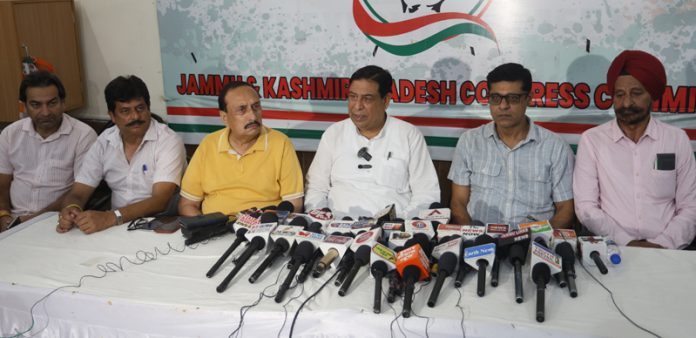
The fight against tobacco addiction is a critical public health endeavour, with a profound impact on the lives of millions and in India , despite concerted efforts, the prevalence of smoking remains alarmingly high, posing significant risks to individuals’ health and placing a burden on the healthcare system. Public health experts believe it is imperative to explore and adopt innovative approaches that have demonstrated success in other countries but the conventional approaches to quitting tobacco in India need reinforcement, and it is time to consider alternative strategies that have shown promising results in other parts of the world. In an interview with HT Lifestyle, Dr Narender Saini, Former General Secretary at the Indian Medical Association, shared, “Tobacco cessation is the process of quitting tobacco use.
. It is well-established that smoking is a leading cause of preventable diseases, including cancer, cardiovascular diseases, and respiratory illnesses. Conventional methods of smoking cessation, such as counselling, nicotine replacement therapies (NRTs) and pharmacological treatments, play a vital role in helping individuals quit smoking.

However, the high relapse rates and the deeply ingrained smoking culture in India highlight the need for additional strategies.” Learning from global success stories Countries like Sweden, the USA, the UK and Japan, have adopted novel approaches to tobacco cessation with remarkable success. Dr Narender Saini shared, “These countries have embraced heated tobacco products (HTPs) as a safer alternative to conventional cigarettes, significantly reducing smoking rates.
The Japanese experience, in particular, offers valuable insights into the potential of HTPs to revolutionize tobacco cessation efforts.” Japan has witnessed a dramatic decline in cigarette sales, halving over the past decade due to the widespread adoption of HTPs. Dr Narender Saini revealed, “According to a study published by the Global State of Tobacco Harm Reduction, the introduction of HTPs in Japan contributed to a 52% reduction in cigarette sales from 2015 to 2023.
This unprecedented transition highlights the effectiveness of HTPs in encouraging smokers to switch to less harmful alternatives. In Japan, HTPs like IQOS, Ploom TECH, and glo have become popular due to their ability to deliver nicotine without burning tobacco. Unlike traditional cigarettes, which combust at high temperatures and release harmful chemicals, HTPs heat tobacco at lower temperatures, reducing the levels of toxicants and carcinogens.
This significant reduction in harmful emissions makes HTPs a viable harm reduction tool for smokers who find it difficult to quit using conventional methods.” The need for innovative approaches in India India's tobacco burden is unique, with both traditional forms like bidis and modern cigarettes contributing to widespread tobacco use. Dr Narender Saini highlighted, “Despite stringent tobacco control measures, approximately 267 million people in India still use tobacco, leading to nearly one million deaths annually from tobacco-related illnesses.
This statistic underscores the urgency for innovative and effective cessation strategies.” He gushed, “The success of HTPs in Japan suggests that alternatives to conventional smoking methods should be explored. It is crucial to create a favourable legislative environment that encourages the use of scientifically backed, safer tobacco smoking products.
Such measures could help reduce smoking rates and alleviate the public health burden. One of the key lessons from the Japanese experience is the importance of providing smokers with a range of cessation options. Not all smokers are ready or able to quit abruptly, and having access to safer alternatives like HTPs can make a significant difference.
It's crucial to educate the public about the relative risks of different tobacco products and empower them to make informed choices about their health.” Kay takeaways from a multi-pronged approach According to Dr Narender Saini, the fight against tobacco addiction requires a multi-pronged approach, combining traditional cessation methods with innovative harm reduction strategies. He concluded, “As a public health expert, I urge policymakers, healthcare providers, and the public to consider the potential benefits of HTPs and other novel alternatives.
By learning from global success stories and adapting these strategies to the Indian context, we can make significant strides toward a smoke-free future. Remember, quitting tobacco is a journey, not a destination. By adopting a comprehensive and innovative approach to tobacco cessation, we can make strides towards a healthier, smoke-free India.
Let's support smokers with all the tools at our disposal, including exploring potentially safer alternatives and seize this opportunity to bring about change and improve the lives of millions.”.














